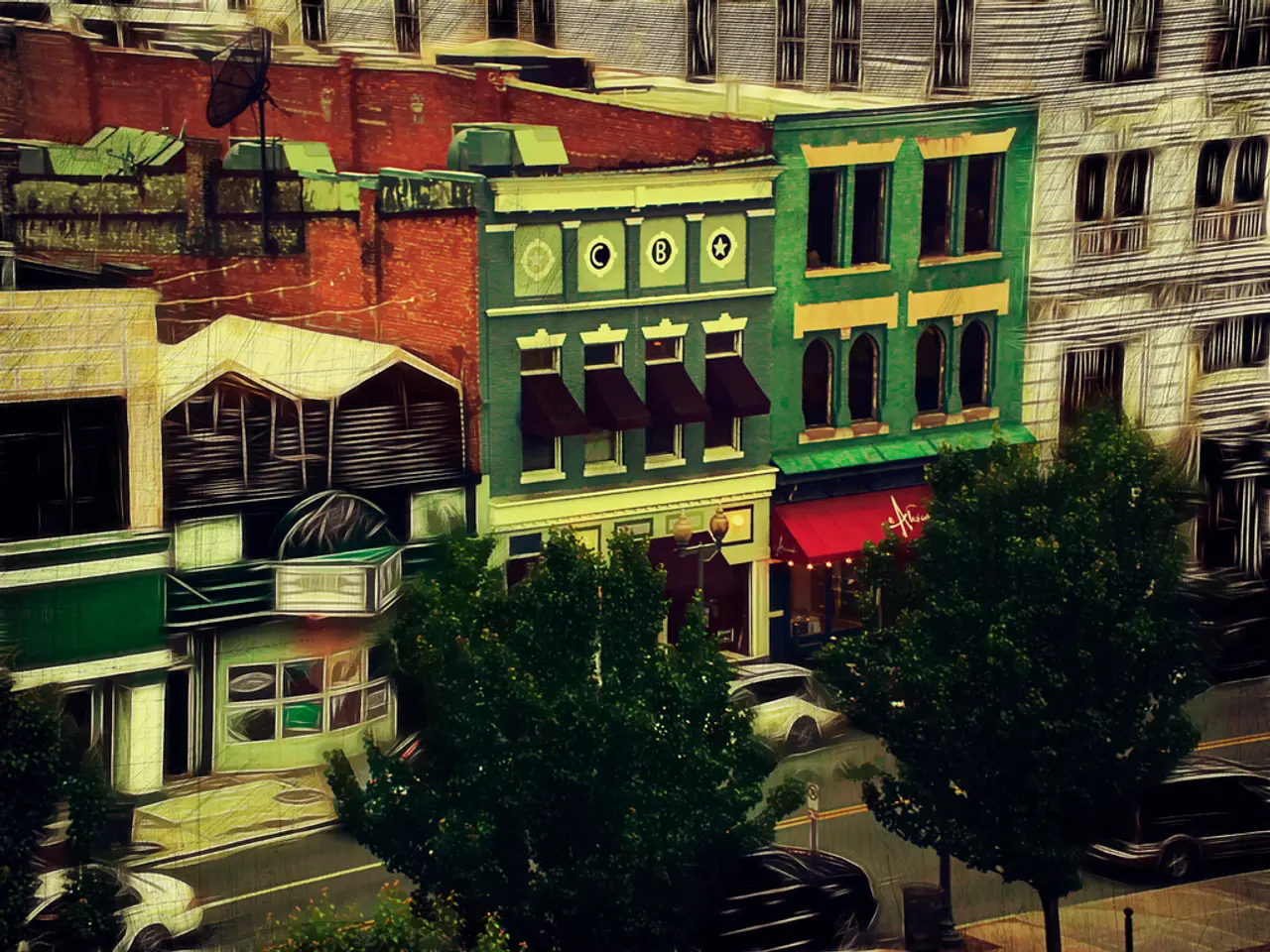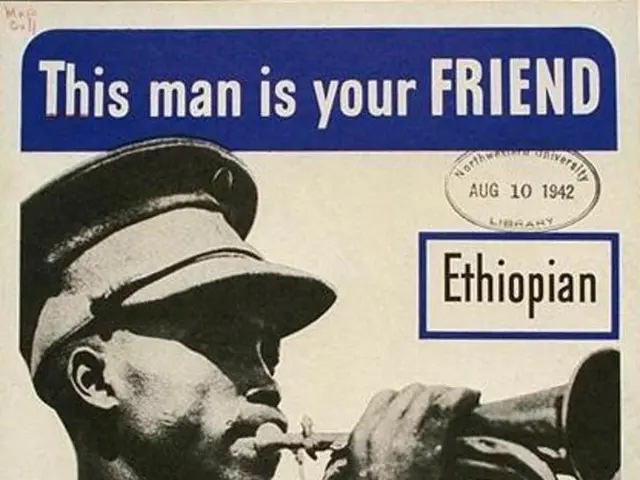Exploring the streets of Bogotá's Candelaria district uncovers an array of outstanding street art, showcasing notable works by artists Guache, Rodez, and DJ Lu. These masterpieces delve into the city's social and political strife.
In the bustling city of Bogota, the walls tell a story - a story of history, struggle, and protest. This vibrant street art scene, one of the most varied and complex in the world, has evolved significantly over the years, as we shall explore.
The transformation began in 2011, following the tragic death of 16-year-old Diego Becerra. His death sparked a shift in Bogota's relationship with street art, leading to a more accepting and appreciative attitude towards this form of artistic expression.
Fast forward to 2013, and the decriminalization of graffiti marked a pivotal moment in Bogota's street art history. This change was spearheaded by the city's mayor at the time, Gustavo Petro, who issued the second ordinance mandating not only the permission but also the promotion of street art.
This shift opened the doors for artists like DJ Lu, whose intricate stencilled artwork can take months to design on Photoshop. One of his most notable pieces features an amputee with a rifle as a leg, a powerful statement that reflects the struggles faced by the city and its people.
Street art in Bogota is not just about aesthetics; it serves as a form of protest. This is evident in the mural by Bastardilla and Wosnan, a homage to the protest group PRIMERA LINEA, and in the mural celebrating the city's most beloved icons, including the Gold Museum, hummingbirds, and Salavarrieta Ríos.
Today, the government of Bogota actively commissions street art as part of its budget, transforming the city into an open-air gallery. For those interested in delving deeper into Colombia's history and struggles, Capital Graffiti Tours, a donations-only walking tour, offers an insightful exploration of the city's street art scene.
This vibrant street art scene is now being celebrated worldwide, with an article about it published in the November 2022 issue of Traveller (UK). So, the next time you visit Bogota, take a moment to appreciate the walls that tell a story, a story of a city that embraces its past, present, and future.
Read also:
- Peptide YY (PYY): Exploring its Role in Appetite Suppression, Intestinal Health, and Cognitive Links
- Toddler Health: Rotavirus Signs, Origins, and Potential Complications
- Digestive issues and heart discomfort: Root causes and associated health conditions
- House Infernos: Deadly Hazards Surpassing the Flames








